Charging your electric car at home is very simple. Firstly, you need a charger and a suitable socket. Then, simply connect the charger to the mains and connect the charging cable to your car, and just like that, your EV starts charging. But how do you choose the right charger and understand the different installation options? This article will guide you through the process and help you find the best charging solution for your home!
Understanding Charging Equipment
The first thing to help you make smarter EV charge decisions is having the right knowledge. Here, we are going to review the main elements of EV charging equipment which involve charger types, and smart charging solutions, among many others. The objective is to provide you with clear and understandable information, just to ensure that you’re well-fitted to make the right decisions about charging your electric vehicle at home.
1. Types of EV Chargers
The electric vehicle charging service is not the same for all, since numerous factors may influence your charging needs. The decision of what type of charger to use is influential in every aspect, from the speed with which the vehicle charges to the installation cost. Here's a simple guide:
Level 1 Chargers: These can be your first choice, they are powered by the same type of outlet, which is a standard 120 volts for household devices, like computer or phone chargers. And since they add about 4 to 5 miles per hour of range, they don't need any particular installation. If you drive short distances (such as shopping) for which overnight charging is sufficient, this Level 1 charger can take care of you.
Level 2 Chargers: These are your best bet if you want significantly faster charging times. They need a 240-volt outlet ( the same one the oven or dryer uses) and can therefore play a big role in decreasing the charging time, giving an average of 30-50 miles.
DC Fast Chargers: They are the EV charging stations that you head to when you are short of time and that give a fast charge. These charges are not common in domestic garages because of their significant power needs and the costs of installing a home station. You'll find these kinds of chargers in public charging stations, so they're best used for long trips where time is of the essence.
2. Smart Chargers
With technology evolving, our EVs don't necessarily get charged the same way either. Autel smart level 2 EV chargers let you control and monitor your car's charging from the comfort of your phone. These chargers allow you to:
Schedule Charging: Adjust charging periods to maximize available cheaper power rates during off-peak times during evenings or mid-week.
Monitor Energy Use: It is your task now to monitor your EV’s consumption of electrical power and improve your understanding of your charging patterns.
Receive Notifications: Arrive at the station whenever it suits you, as charging status notifications will inform you as soon as your EV is ready to go.

How to Install an Electric Car Charger at Home?
Installing an electric car charger at home is a game-changer for EV owners. You get to charge your vehicle overnight & this gives you the convenience of starting your business commute or next adventure knowing that your vehicle is fully charged. The following are useful guidelines to help you get through the technicalities of the installation process. Take time to make the best decisions based on what appeals to you for your home and car.
Here’s how to make an informed decision:
Assess Your Driving Habits: Take a look at how far you travel by car during your day-to-day routine. If your daily mileage is low, you will not need an expenditure on a quick charging system, a Level 1 charger will do just fine. But for a longer commute, or another drive the Level 2 charger will be the right choice since it has the speed charging feature.
Check Your Vehicle’s Charging Capability: Not every EV has the same charging rate and speed. Ensure the charger you select is compatible with your car and uses the available faster options to exploit that full potential.
Future-Proof Your Charging: Even if your current EV’s needs are modest, consider future purchases. Opting for a Level 2 charger now might save you from needing an upgrade later.
The Installation Process
Once you’ve selected the right charger, here’s what the installation process typically involves:
Electrical Assessment: First, evaluate your house’s electricity with an online tool. To bring the Level 2 home charger into service, you will need a 240-volt socket (similar to the dryer or washer socket). Provide the power distribution system with the ability to carry the added load safely without having it trip the breakers.
Hire a Professional Electrician: To ensure your safety and compliance with laws, your licensed electrician should have skills for installing EV chargers. They will take responsibility for paperwork needed, construction according to the requirements, and security measures.
Decide on the Location: Indeed, your charger should go to where your EV spends most of the time (undoubtedly your garage or a curbside near your house). Consider the length of the charger cable the distance to your vehicle’s charging port and the distance to your vehicle's charging port to minimize inconvenience.
Installation Day: On the day of installation, the electrician will hook up your 240-volt outlet if you do not have one yet, mount the charger, and set up your electrical system. Along with this, they'll find out whether the charger is compatible with the EV by running a test.
How Much Does It Cost to Charge an Electric Car at Home?
Electricity cost is typically measured in cents per kilowatt-hour (kWh), which can vary widely depending on your location, the time of day, and the specific plan you have with your utility provider.
• Know Your Rate: Check your electricity bill or contact your utility provider to find out your exact rate per kWh. Keep in mind that some areas have time-of-use (TOU) rates, which means electricity costs less during off-peak hours, usually late at night.
• Battery Capacity Matters: The battery size of your EV, expressed in kWh, directly impacts how much electricity is needed to fully charge it. A larger battery will require more kWh, hence more money to charge to 100%.
To calculate how much it costs to charge your EV at home, you'll need to know two things: your vehicle's battery capacity and your electricity rate. The formula is simple:
Cost to Charge=(Battery Capacity in kWh)×(Electricity Rate per kWh)
For example, if your EV has a 75 kWh battery and your electricity rate is $0.12 per kWh:
75 kWh × $0.12 per kWh = $9.00.
How Long Does It Take to Charge an Electric Car at Home?
The cost of charging an EV at home varies, primarily depending on the vehicle's battery capacity and the local electricity rate, with efficiency losses and charging habits also playing a role. Simple calculations can help estimate the cost per charge, but leveraging off-peak rates and considering renewable energy sources like solar panels can significantly reduce these costs.
Let’s give an example. Using a 12 kW home charging station can significantly increase the charging speed of an electric vehicle, which is more efficient than the more common Level 2 standard charger with 7.2 kW power. Since this charger exceeds the typical onboard charger limit of most EVs, including the Tesla Model Y, it's essential to note that the maximum charging rate the vehicle can accept might be less than 12 kW, depending on the vehicle's onboard charger capacity. For the sake of this example, let's assume that Model Y can fully use this 12 kW rate.
To calculate the time required to charge a Tesla Model Y from 0% to 100% with a 12 kW charging station, you would not need to adjust for efficiency in this scenario, since the onboard charger and vehicle software manage efficiency optimization. However, if you were calculating for a non-Tesla charger or if we consider some efficiency loss, let's assume an efficiency of about 90% to 95%. Using 100% efficiency for direct calculations with Tesla's charging equipment might be more accurate due to these optimizations, but let's proceed with a conservative estimate:
Assuming a 90% charging efficiency: Effective Power Output=12 kW×0.90=10.8 kW
Now, calculating the charging time: Time to Charge=75 kWh/10.8 kW = 6.94 hours.
Therefore, with a 12 kW home charging station and assuming a 90% efficiency, it would take approximately 7 hours to fully charge a Tesla Model Y with a 75 kWh battery from 0% to 100%. This example shows you the significance of having a higher power charging station at home.
Safety Tips for Charging Your Electric Car at Home
These are the main electrical safety tips to make sure that your EV charging is efficient and secure.

• Always ensure you employ a licensed, competent, and experienced electrician to install the EV home charging station.They will ensure that the installation complies with local building codes and all electrical standards, which in turn decreases the chances of fire or shock.
• Use charging equipment whose safety and environmental regulations were developed and tested. This way, the charger is thoroughly tested and meets standards with certain safety regulations.
• From time to time, inspect your charging cable and the charging station for indications of damage, such as frayed wires or ejection. Any single bit of damage may pose a threat to electric shock or fire.
• Provide a clean and clutter-free environment to plug in your electric car. Do not block the charging point and keep it accessible, a simple precaution.
• You must charge the equipment as indicated in the manufacturer's manual. Before modifying or utilizing the equipment in a manner other than the one defined by the manufacturer, you should know that it could make the product warranty and certifications invalid.
• Although most home charging stations have weather-resistant designs, weather extremes can, nevertheless, represent a risk factor. You should stay away from standing in water and pay more attention to adverse weather conditions and suitable protection measures for charging in the concerned place.
• You mustn't plug or unplug your electric car with wet hands as this can give you a shock and, in every case, be sure to unplug the charger out of the car before unplugging it from an electrical outlet, particularly to minimize vibration to the plug and to avoid sparking.
Final Thought
There’s much more to know when it comes to EV charging, but now that you know the basics, you can confidently charge your electric vehicle at home. You also know when to hire a professional and have an idea of how much EV charging costs.
Related Reading:How Much Does It Cost To Charge An Electric Car At Home?

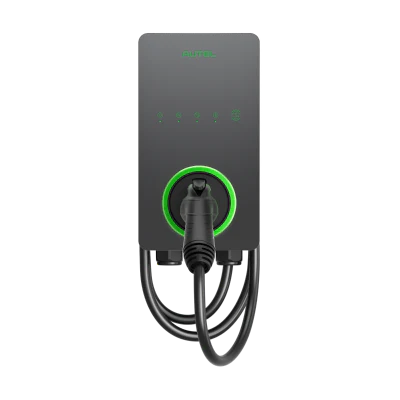
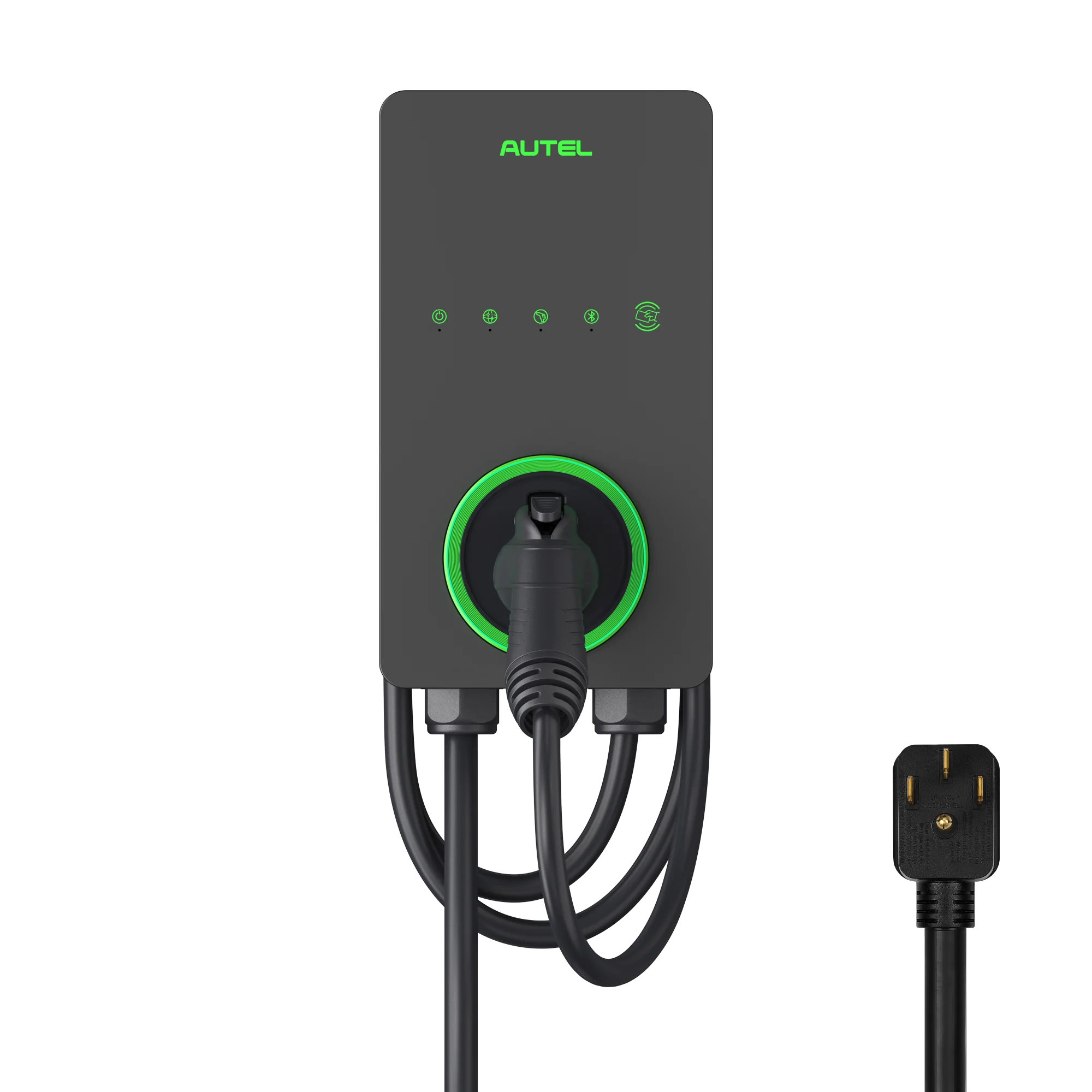
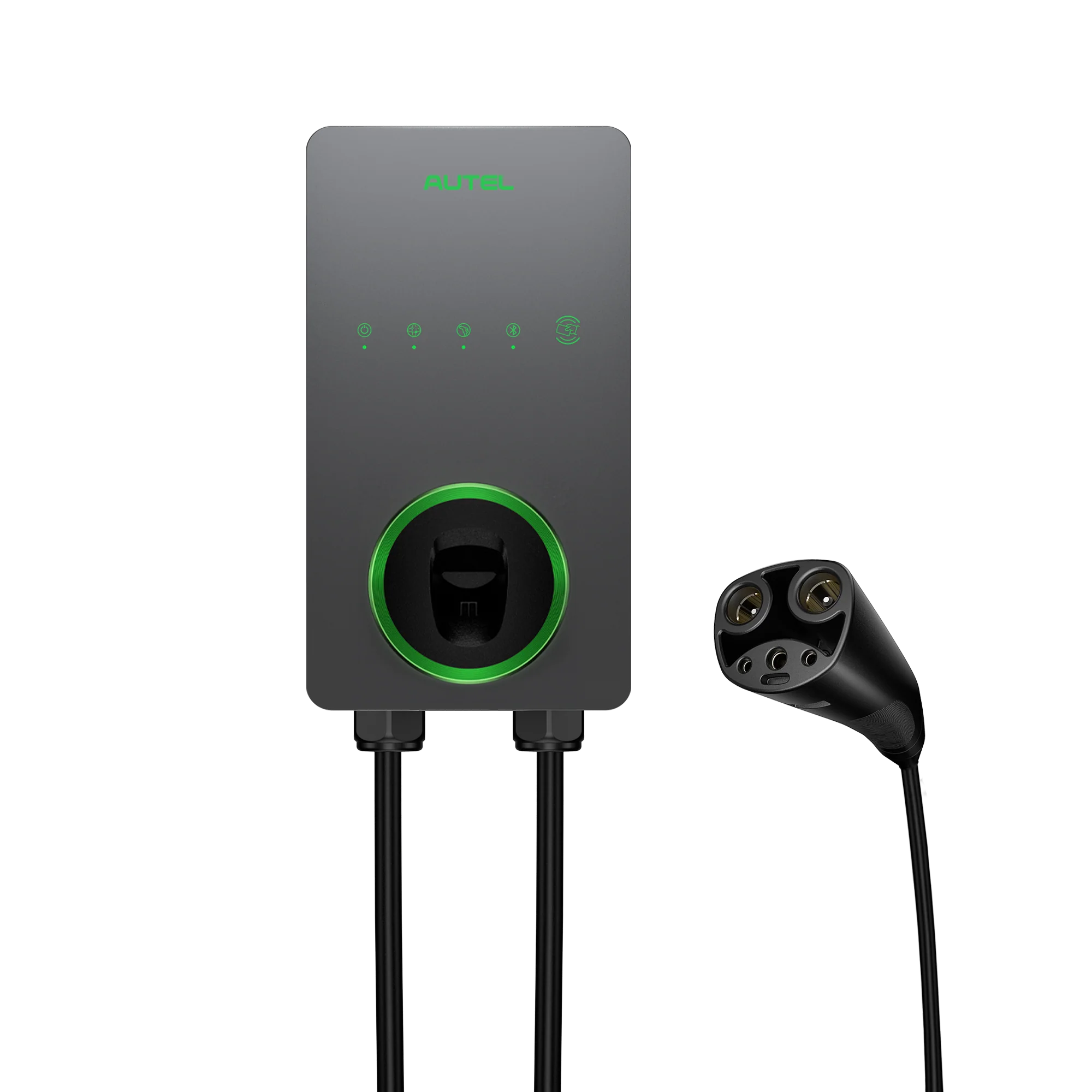
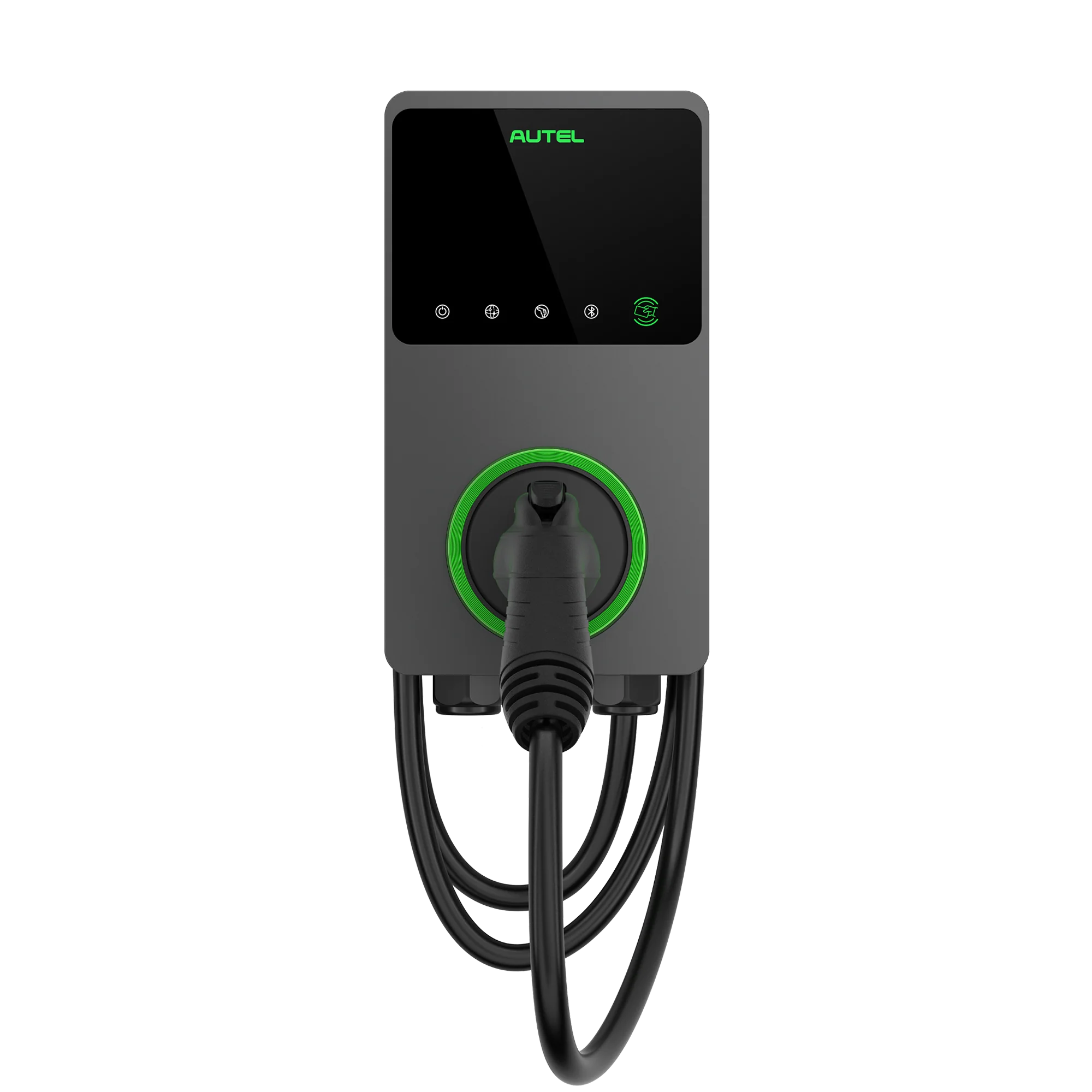
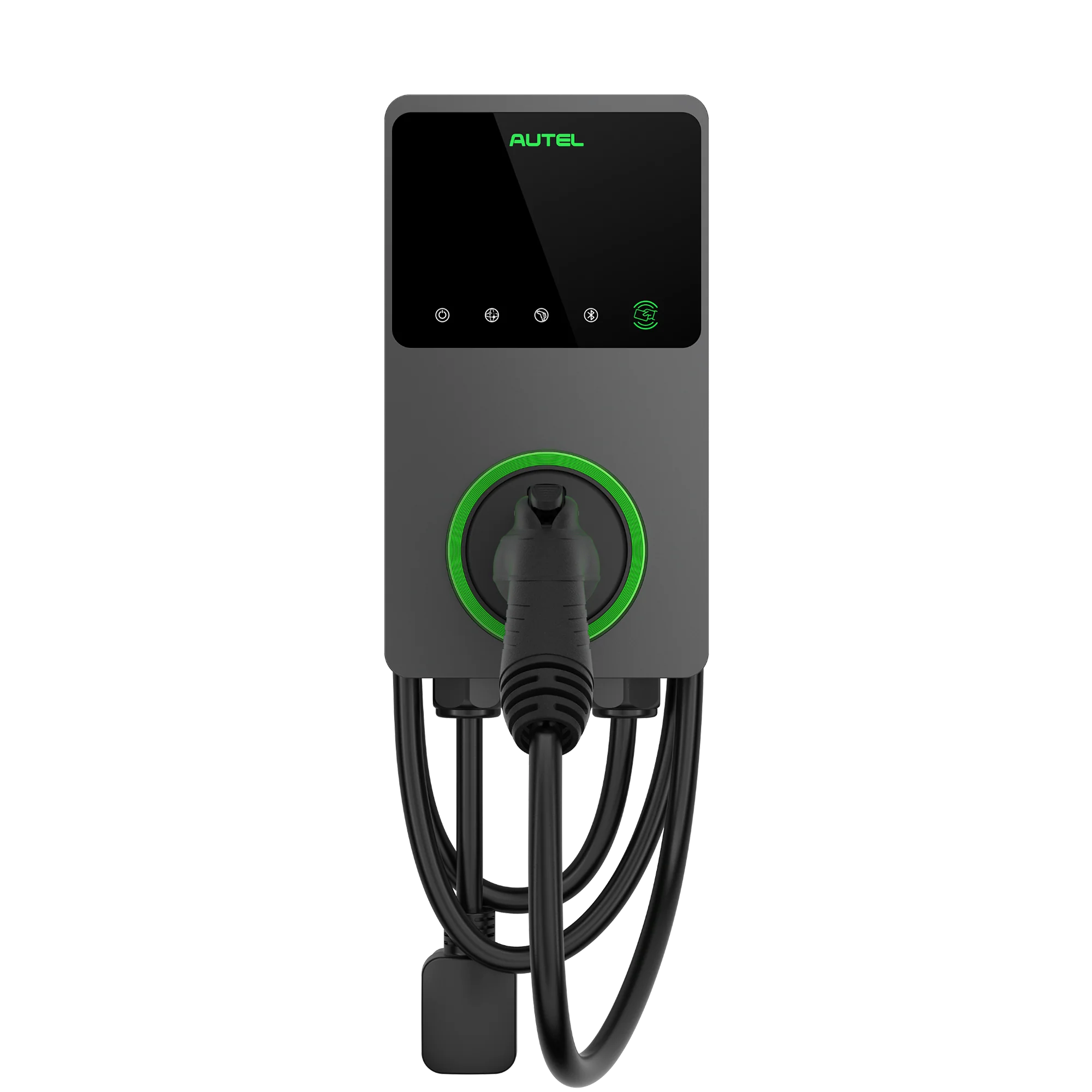
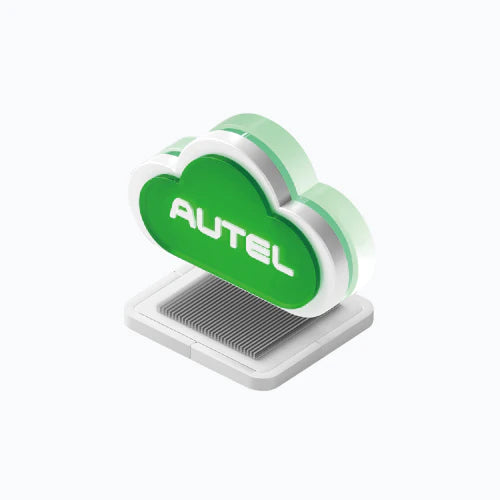
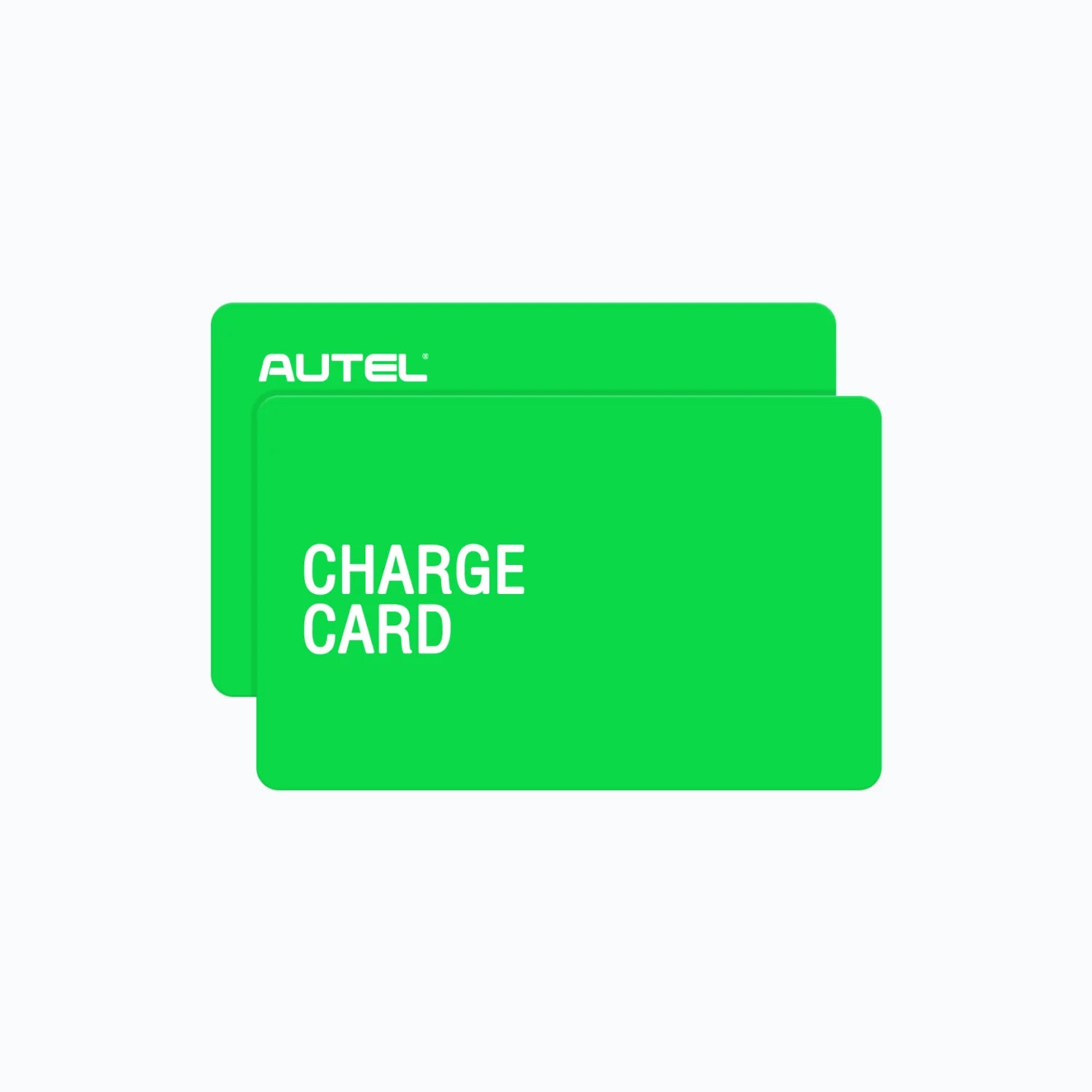
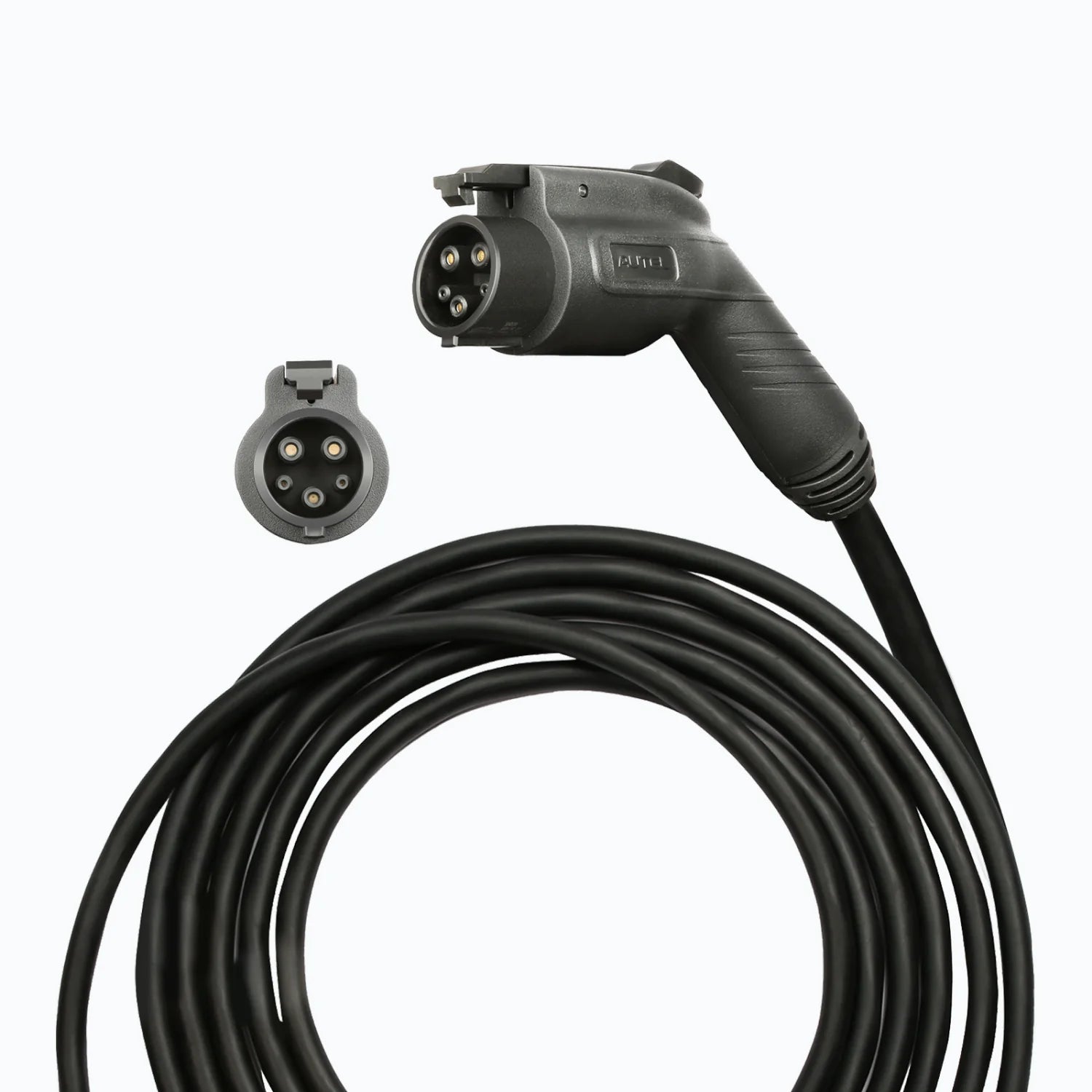
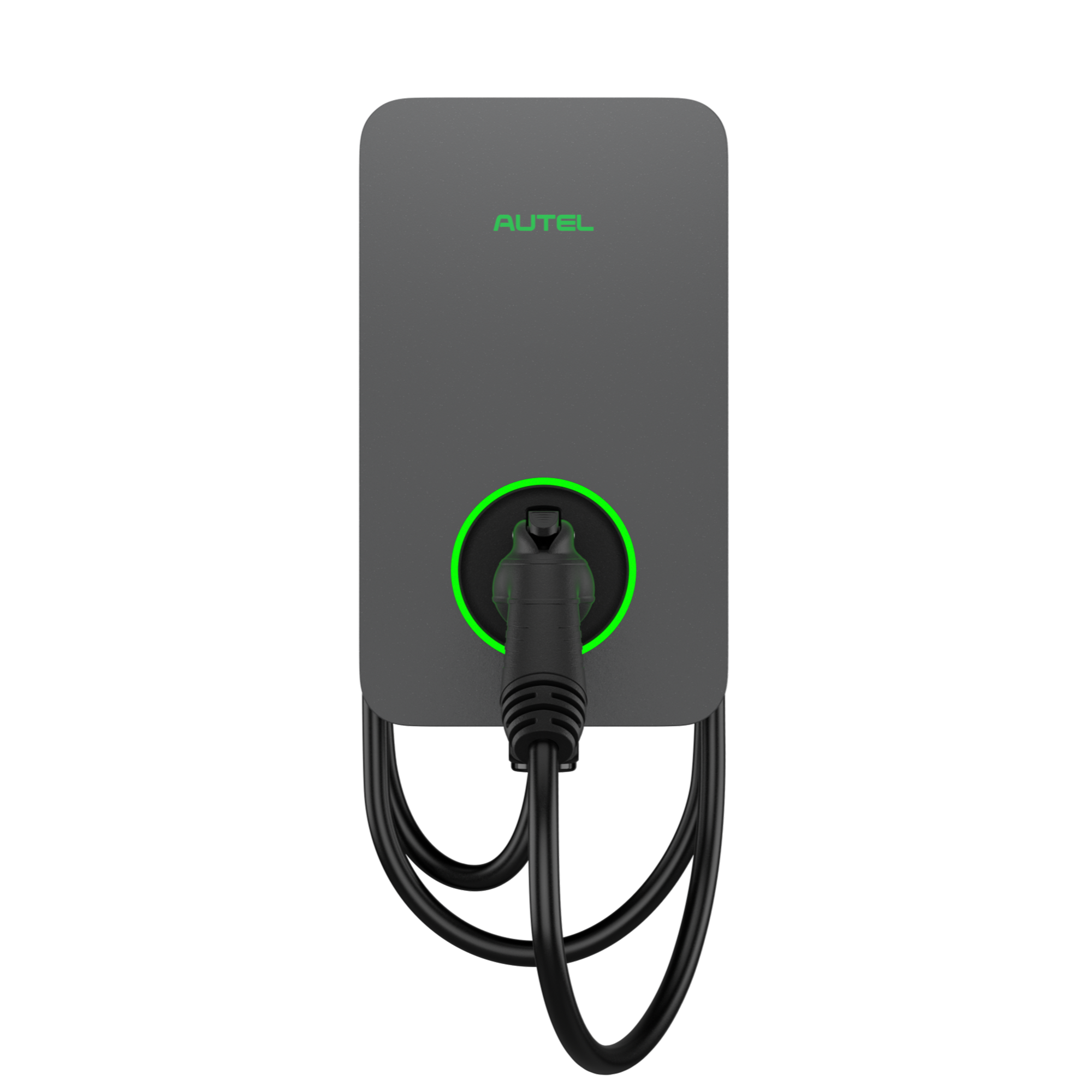

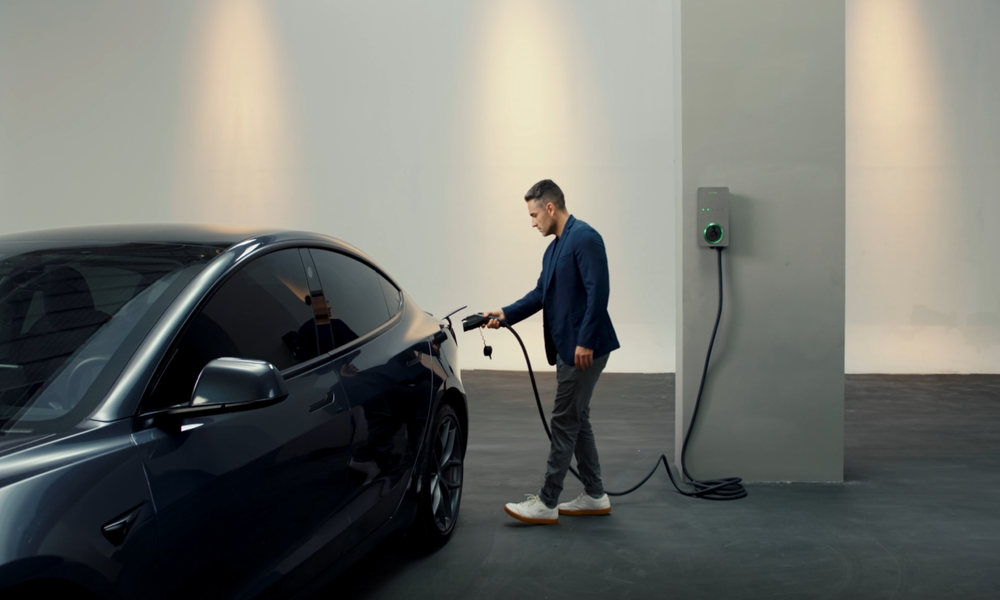
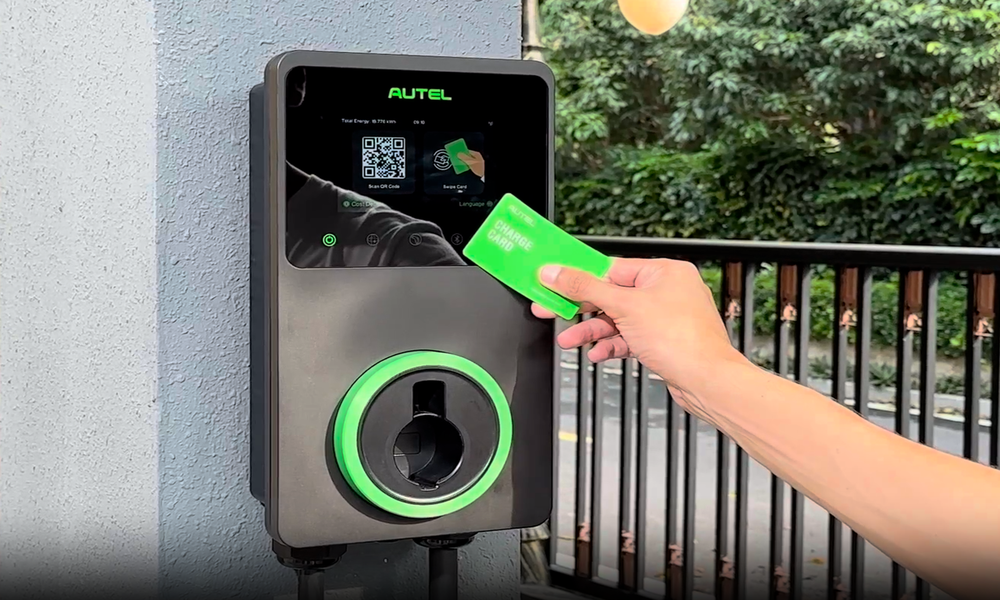
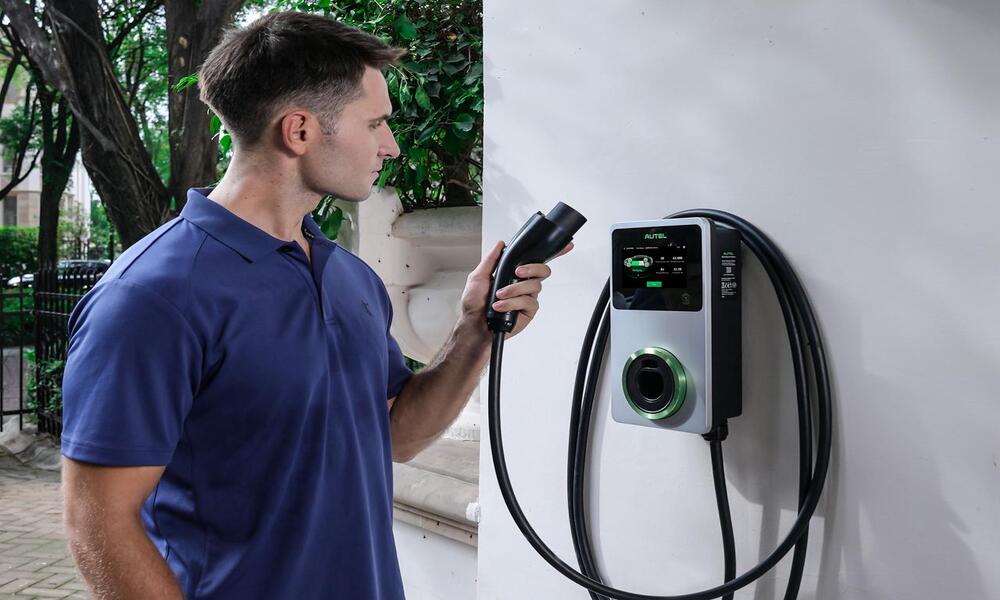
Leave a comment
All comments are moderated before being published.
This site is protected by hCaptcha and the hCaptcha Privacy Policy and Terms of Service apply.